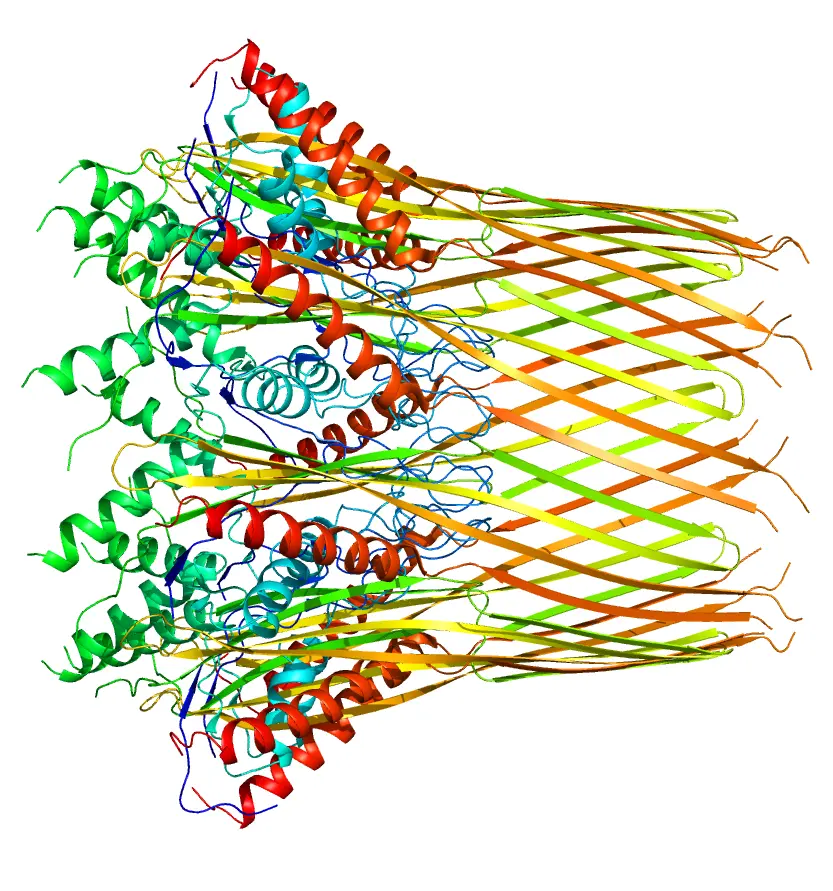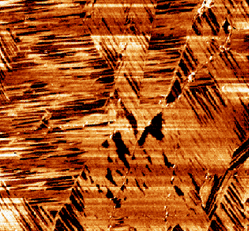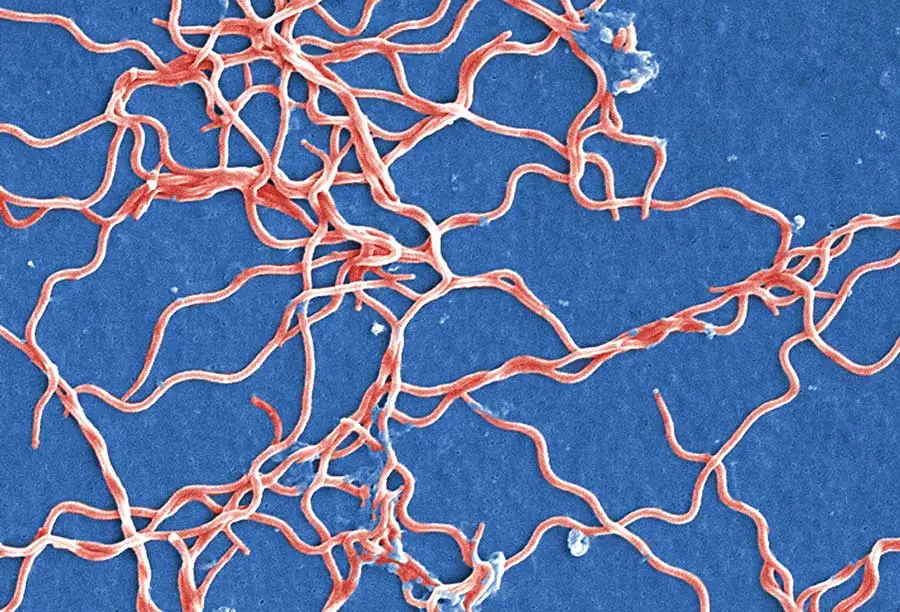
Cell-penetrating peptides (CPPs) are a longstanding part of the biochemical world, with their potential for delivering bioactive agents into cells, their importance will likely never diminish. However, not many advancements are being made to CPPs, rather scientists and teams alike are always looking to develop more efficient CPPs when possible. This is where a hot topic of recent comes into play, researchers utilized a deep-learning-based CPP prediction method, one they have named AiCPP, to effectively develop novel CPPs while reducing false-positive predictions. Using LifeTein cell-penetrating peptides and machine learning, AiCPP was able to combine data with other lists of CPPs to generate successful new sequences that the team at hand was able to test effectively.
LifeTein CPPs help train AI to generate new sequences
The group utilized a sliding window approach on their wealth of data and included a list of peptides with low similarity to CPPs as a negative to reduce false positives obtained. These techniques helped AiCPP stand out against other machine learning methods before it, and they found AiCPP can further optimize CPP sequences with higher efficacy as well. Valuable information can be gathered by studying the patterns by which this machine learning determines are effective for CPPs.
Though novel, the limitations of utilizing this and other machine-learning methods should be understood as well. Foremost, this and other CPP prediction studies do not answer any important questions about the mechanisms of cell permeation, or how each CPP specifically achieves this. It is also worth noting that the effectiveness of a given CPP is limited to the type of cell is it trying to penetrate, for example, MCF-7 used in the referenced study. Though, these shortcomings are possible to overcome, and in the future, AiCPP may become more advanced and be able to offer even more research, with LifeTein keeping up as well and ready to assist any team that may need their new CPPs developed.
Park H, Park J-H, Kim MS, Cho K, Shin J-M. In Silico Screening and Optimization of Cell-Penetrating Peptides Using Deep Learning Methods. Biomolecules. 2023; 13(3):522. https://doi.org/10.3390/biom13030522









